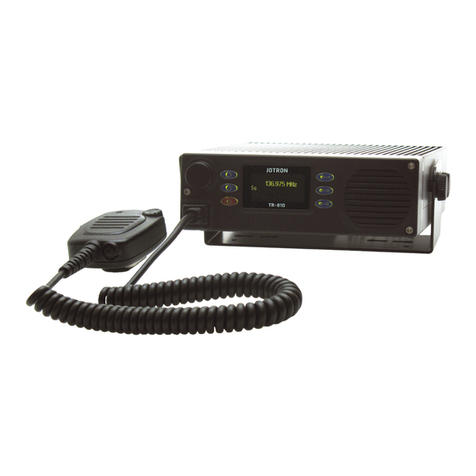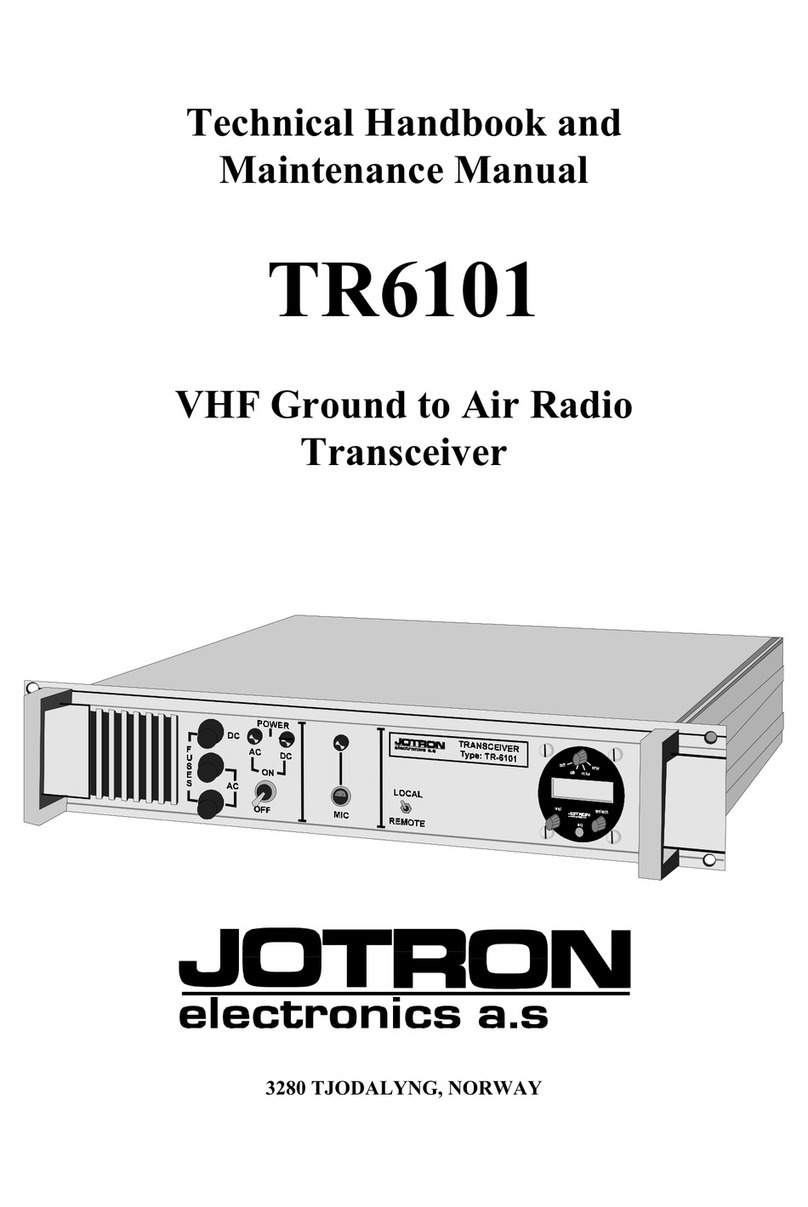LIST OF CONTENTS
1GENERAL DESCRIPTION ..............................................................................8
1.1 INTRODUCTION.................................................................................................8
1.2 FEATURES........................................................................................................8
1.3 LICENSING......................................................................................................10
1.4 GETTING STARTED.........................................................................................10
2TECHNICAL SPECIFICATION.....................................................................10
2.1 GENERAL .......................................................................................................10
2.2 RECEIVER ......................................................................................................11
2.3 TRANSMITTER................................................................................................12
2.4 ENVIRONMENTAL CONDITIONS ......................................................................12
2.5 MATERIALS ....................................................................................................13
2.6 CHARGER.......................................................................................................13
3FUNCTIONAL DESCRIPTION......................................................................14
3.1 RADIO UNIT....................................................................................................14
3.2 REMOTE CONNECTOR....................................................................................16
3.3 ANTENNA .......................................................................................................17
3.4 BATTERY REMOVAL AND REPLACEMENT .......................................................17
3.5 PRIMARY BATTERY.........................................................................................17
3.5.1 When to change battery...................................................................18
3.5.2 Special care......................................................................................18
3.5.3 Using the Nickel-Cadmium (NiCad) Battery ..................................18
3.5.4 How to Charge the NiCad Battery...................................................19
3.5.5 Special care......................................................................................19
3.5.6 The Tron Charge NiCad charger .....................................................20
4INSTALLATION...............................................................................................21
5OPERATING INSTRUCTIONS .....................................................................22
5.1 SWITCHING ON AND SELECTING CHANNELS.................................................22
5.2 EMERGENCY CALL SEQUENCE.......................................................................22
5.3 SWITCHING OFF............................................................................................24
6MAINTENANCE AND TROUBLESHOOTING ...........................................24





























